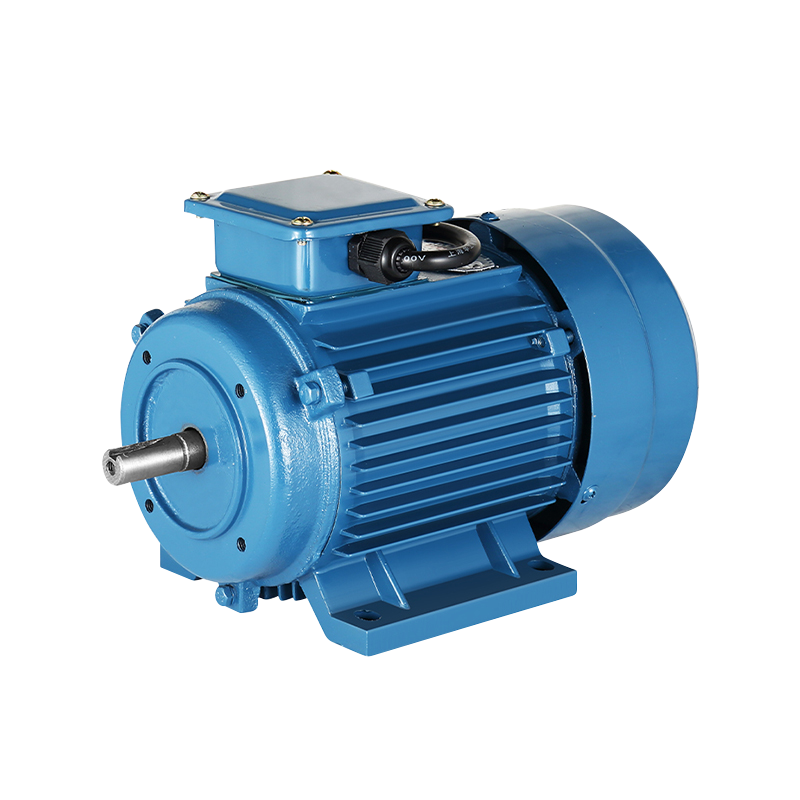Frequency Controlled Asynchronous Electric Motor: A New Era in Precision and Efficiency
The industrial landscape is witnessing a transformative shift with the advent of the Frequency Controlled Asynchronous Electric Motor, a technology that is redefining standards in precision, energy efficiency, and operational flexibility. This advanced motor integrates the reliability of asynchronous motors with sophisticated frequency control systems, offering significant improvements across various applications. Here’s a detailed look at how the Frequency Controlled Asynchronous Electric Motor is shaping the future of industrial and commercial operations.
The Frequency Controlled Asynchronous Electric Motor combines the robustness of traditional asynchronous motors with modern frequency control technology. Asynchronous motors, also known as induction motors, are valued for their durability and simplicity. By incorporating a frequency control system, these motors can adjust their speed and torque according to varying load conditions, providing greater control and efficiency.
Frequency control is achieved through a device known as a variable frequency drive (VFD), which modulates the frequency of the electrical power supplied to the motor. This adjustment allows the motor to operate at different speeds and torques, tailored to the specific requirements of each application. The result is a more versatile and efficient motor that can adapt to a wide range of operational scenarios.
The Frequency Controlled Asynchronous Electric Motor is versatile and finds applications across numerous industries. In manufacturing, these motors are crucial for driving machinery such as conveyors, pumps, and fans. The ability to adjust motor speed on the fly ensures that production processes are optimized for efficiency, reducing energy consumption and improving overall throughput.
In the HVAC sector, the motor supports systems that regulate heating, ventilation, and air conditioning. By adjusting the speed of fans and compressors, the Frequency Controlled Asynchronous Electric Motor helps maintain precise temperature and air quality control. This capability not only enhances comfort but also contributes to significant energy savings by ensuring that HVAC systems operate only as needed.
The technology is also gaining traction in the agricultural sector, where it drives irrigation systems, ventilation fans, and other equipment. The ability to control motor speed allows for better management of resources, such as water and energy, to more efficient and sustainable agricultural practices.
One of the primary benefits of the Frequency Controlled Asynchronous Electric Motor is its economic efficiency. Traditional motors often operate at a fixed speed, regardless of the actual load or demand. In contrast, the frequency control system enables the motor to adjust its speed according to real-time requirements, to reduced energy consumption and lower operating costs.
By optimizing motor performance based on load conditions, the technology also extends the lifespan of equipment. Frequent starts and stops, as well as operating at inefficient speeds, can to increased wear and tear. The Frequency Controlled Asynchronous Electric Motor mitigates these issues by maintaining operating conditions, thereby reducing maintenance requirements and downtime.
In addition to economic benefits, the motor offers operational flexibility. The ability to fine-tune motor speed and torque provides greater control over various processes, enabling precise adjustments and improving overall system performance. This flexibility is particularly valuable in applications where conditions vary frequently or where process control is critical.
Recent advancements in Frequency Controlled Asynchronous Electric Motors have introduced several innovations that enhance their performance and functionality. Modern frequency drives come equipped with advanced control algorithms that improve motor efficiency and response times. These algorithms enable smoother speed transitions and better handling of variable loads, contributing to overall system stability and efficiency.
Integration with smart technologies is another notable development. Many frequency-controlled motors now feature connectivity options that allow for remote monitoring and control. This capability provides users with real-time data on motor performance, enabling proactive maintenance and optimization. Advanced diagnostic tools can predict potential issues before they to failures, helping to avoid unexpected downtime.
-
Feedback

 English
English 中文简体
中文简体






